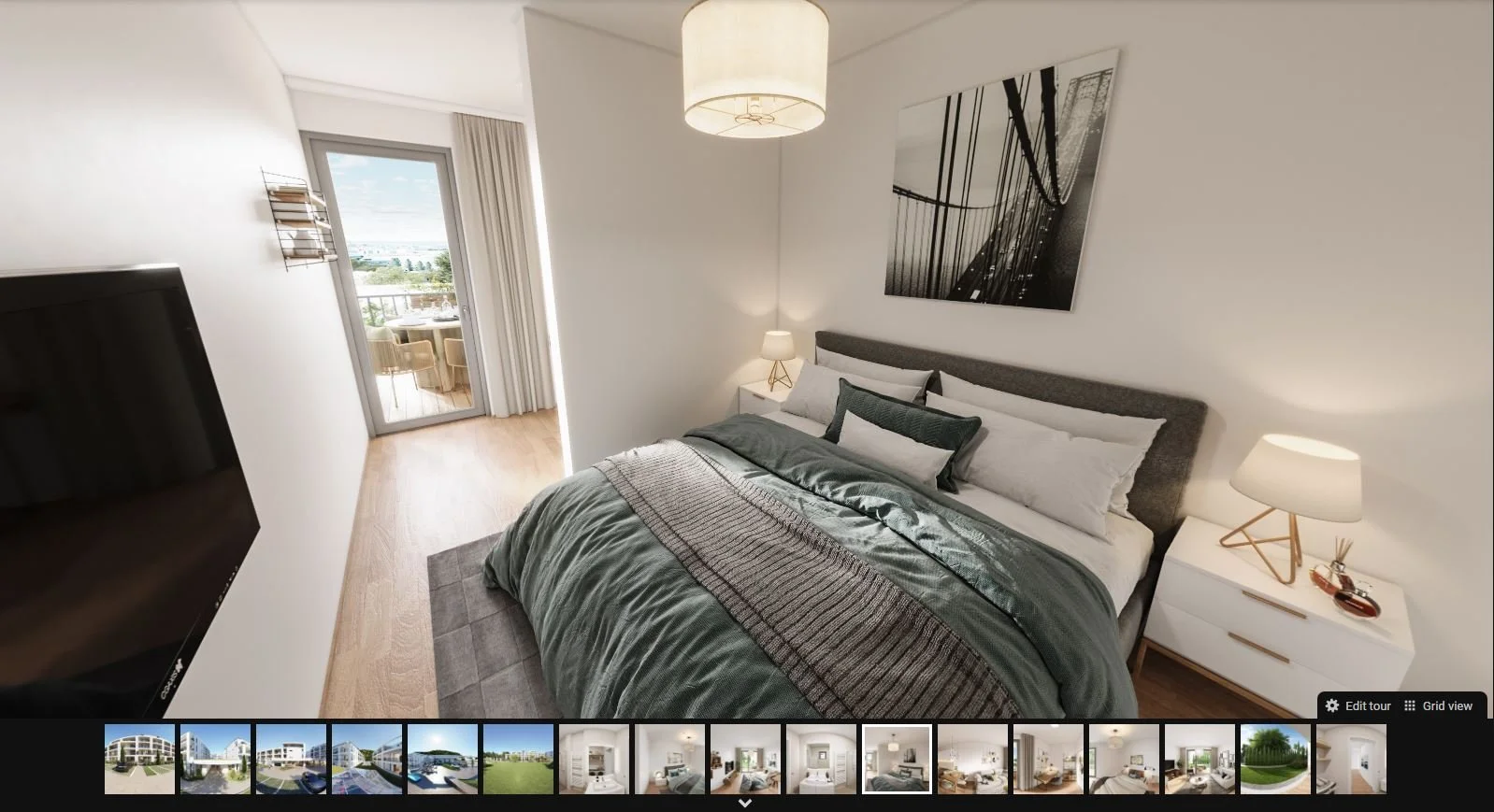The Future of Architecture: Emerging Trends and Innovations
The world of architecture is constantly evolving, with new technologies and ideas shaping the way we design and build our spaces. As we move towards a future that demands sustainability, efficiency, and personalization, exciting trends and innovations are pushing the boundaries of what's possible. Let's delve into some of the most promising advancements that will define the future of architecture.
1. Biomimicry and Sustainable Design:
Nature has always been a source of inspiration for architects. Biomimicry takes this inspiration a step further, mimicking natural systems and processes to create sustainable and energy-efficient buildings. From self-regulating temperature control to materials that mimic the strength and resilience of spider silk, biomimicry offers a path towards a more sustainable future for architecture.
2. Robotics and Additive Manufacturing:
Construction robots are becoming increasingly sophisticated, automating tasks and enhancing precision in building processes. Additive manufacturing, also known as 3D printing, is poised to revolutionize construction. Imagine structures "printed" on-site, minimizing waste and allowing for complex geometries that traditional methods struggle to achieve.
3. The Rise of Smart Buildings:
Technology is transforming the way we interact with our built environment. Smart buildings are equipped with sensors, data analytics, and automation systems that optimize energy consumption, improve comfort, and even personalize the experience for occupants.
4. Virtual Reality (VR) and Augmented Reality (AR) for Design and Collaboration:
VR and AR are no longer just futuristic concepts. These technologies are transforming the way architects design and collaborate. VR allows architects to immerse themselves in designs, experiencing spaces at full scale before a single brick is laid. AR, on the other hand, can superimpose digital models onto real-world environments, enabling stakeholders to visualize projects in their intended context.
5. 3D Visualization as a Bridge Between Design and Reality
3D visualization plays a crucial role in translating architectural concepts into tangible experiences. High-quality 3D renderings from PanoramCGI offer a realistic glimpse of the end product, allowing architects, developers, and clients to refine designs, identify potential flaws, and gain valuable stakeholder buy-in before construction begins.
These are just a few of the exciting advancements shaping the future of architecture. As technology continues to evolve, we can expect even more innovative and inspiring designs to emerge, creating buildings that are not just functional and aesthetically pleasing, but also sustainable, efficient, and responsive to the needs of a changing world.


